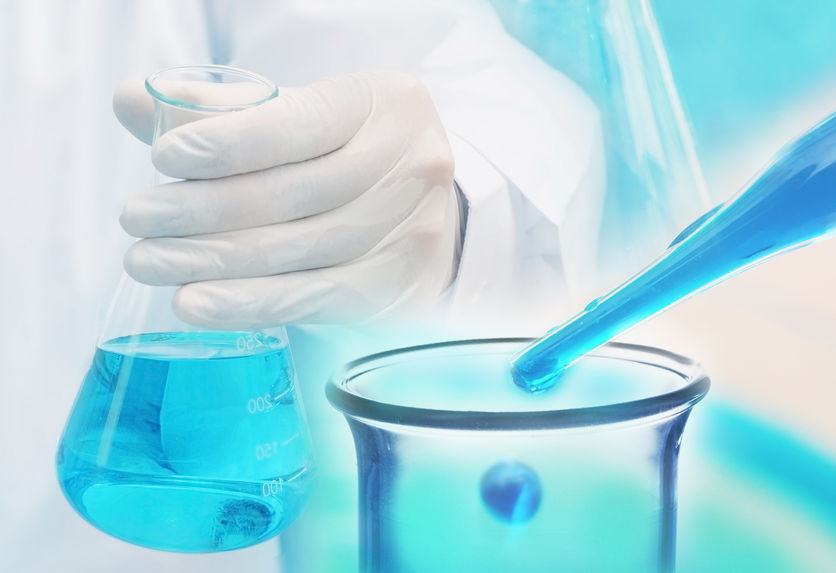
Methadone Random Urine
What is this test?
Methadone (Dolophine) is a synthetic opioid, a compound that is structurally unrelated to the natural opiates but is capable of binding to opioid receptors. These receptor interactions create many of the same effects seen with natural opiates, including analgesia and sedation. However, methadone does not produce feelings of euphoria and has substantially fewer withdrawal symptoms than opiates such as heroin. Methadone is used clinically to relieve pain, to treat opioid abstinence syndrome, and to treat heroin addiction in the attempt to wean patients from illicit drug use. Metabolism of methadone to inactive forms is the main form of elimination. Oral delivery of methadone makes it subject to first-pass metabolism by the liver and creates interindividual variability in its bioavailability, which ranges from 80% to 95%. The most important enzymes in methadone metabolism are CYP3A4 and CYP2B6. CYP2D6 appears to have a minor role, and CYP1A2 may possibly be involved. Methadone is metabolized to a variety of metabolites, the primary metabolite is 2-ethylidene-1,5-dimethyl1-3,3-diphenylpyrrolidine EDDP. The efficiency of this process is prone to wide inter- and intraindividual variability, due both to inherent differences in enzymatic activity as well as enzyme induction or inhibition by numerous drugs. Excretion of methadone and its metabolites (including EDDP) occurs primarily through the kidneys. Patients who are taking methadone for therapeutic purposes excrete both parent methadone and EDDP in their urine. Clinically, it is important to measure levels of both methadone and EDDP. Methadone levels in urine vary widely depending on factors such as dose, metabolism, and urine pH. EDDP levels, in contrast, are relatively unaffected by the influence of pH and are, therefore, preferable for assessing compliance with therapy. Some patients undergoing treatment with methadone have attempted to pass compliance testing by adding a portion of the supplied methadone to the urine. This is commonly referred to as "spiking.'' In these situations the specimen will contain large amounts of methadone and no or very small amounts of EDDP. The absence of EDDP in the presence of methadone in urine strongly suggests adulteration of the urine specimen by direct addition of methadone to the specimen.
Test Preparation
No special preparation is needed for Methadone Random Urine. Inform your doctor if you are on any medications or have any underlying medical conditions or allergies before undergoing Methadone Random Urine. Your doctor depending on your condition will give specific instructions.
Understanding your test results
| Gender | Age groups | Value |
| UNISEX | All age groups | < 100 ng/ml |

